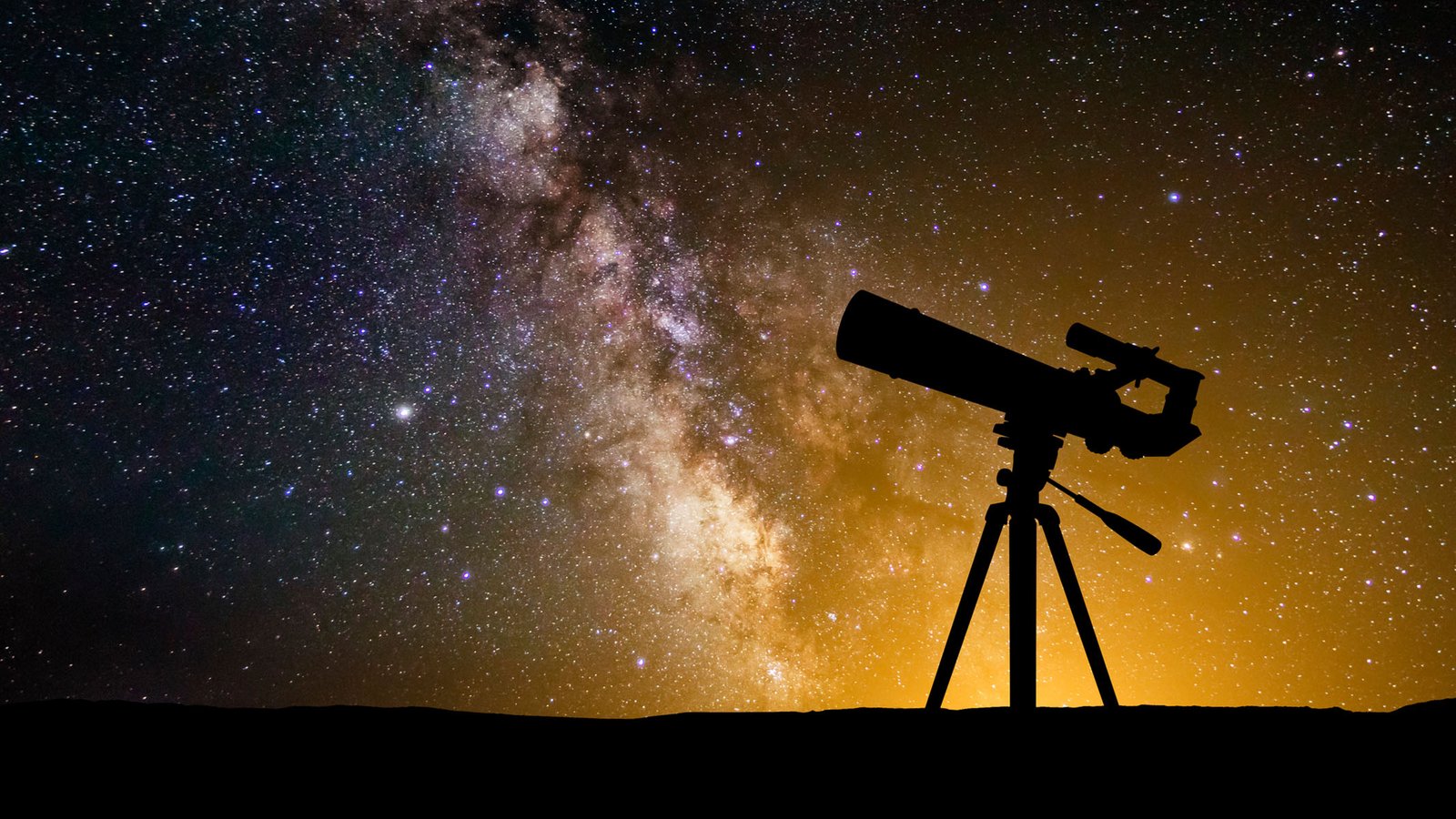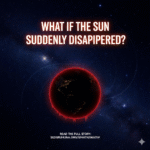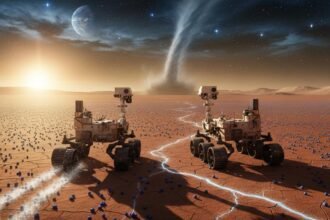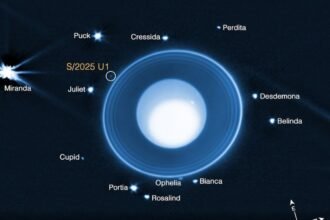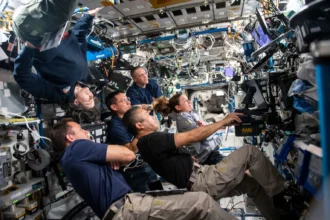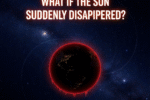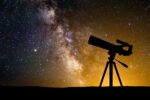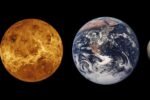The Journey of The Telescope
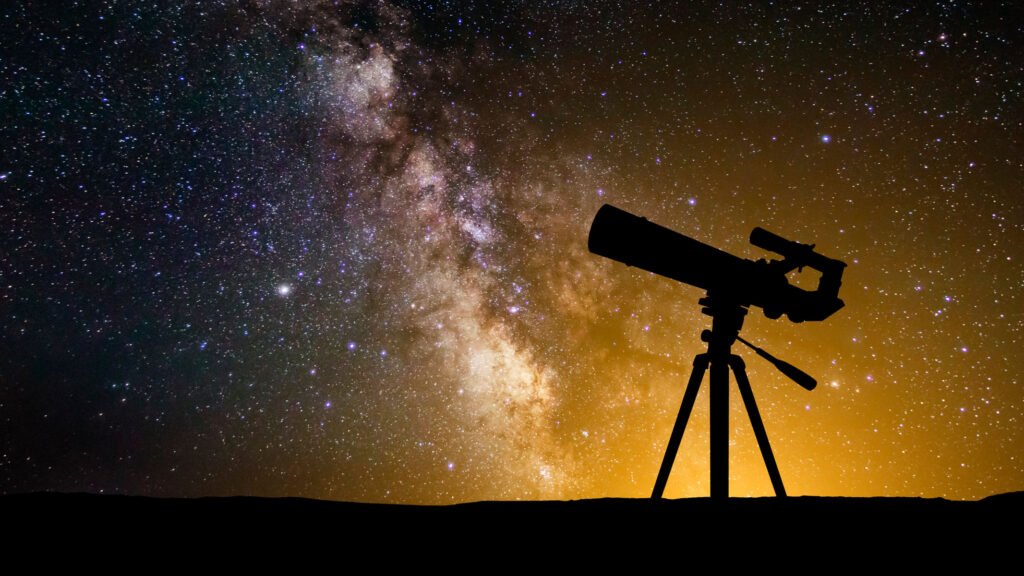
Glass to space story starts from the finding of the time machine in 1609.
Time machine? Wait you’re not in the wrong place. You came to read about telescopes. But here’s the connection: telescopes are time machines. Every time we point one at the sky, we look back into the past. The light from the Moon takes just over a second to reach us. From the Sun, eight minutes. From distant galaxies, billions of years. When Galileo first lifted his telescope, he gave humanity its first glimpse across time.
The First Glimpse Beyond
In 1609, Galileo Galilei constructed a simple telescope with glass lenses to observe the sky. Through it, he saw holes (craters) on the Moon, moons moving around Jupiter, and discovered that the Milky Way was really made of countless stars, much farther than the eye could see. These discoveries shattered the long-held notion that the sky was perfect and unchanging. The universe was shown to be alive, huge, and full of secrets
Bigger Mirrors, Bigger Dreams
Over the centuries, telescopes grew larger and sharper. Isaac Newton’s reflector design introduced mirrors instead of lenses. William Herschel’s massive instruments revealed Uranus and thousands of new stars. Each new telescope pushed us further outward, showing nebulae, galaxies, and the grand structure of the cosmos.
Eyes Above the Atmosphere
The real revolution came when telescopes left Earth. In 1990, the Hubble Space Telescope soared into orbit. Its breathtaking images of distant galaxies and its Deep Field view transformed both astronomy and our imagination. Today, the James Webb Space Telescope continues that journey, reaching farther back in time over 13 billion years to witness the first galaxies forming after the Big Bang.
Our Cosmic Eyes
From Galileo’s shaky glass tube to Webb’s golden mirrors, telescopes have always been more than machines. They are our cosmic eyes, revealing a universe that was always there, just waiting for us to look. They connect us with the past, while inspiring the future of exploration.This is just the beginning of our journey.
In the coming weeks, we’ll explore the stories of these incredible instruments and the wonders they’ve uncovered. Because every telescope reminds us of a simple truth: when we look outward, we are also looking back in time.
Stay tuned the cosmos has more to show us

